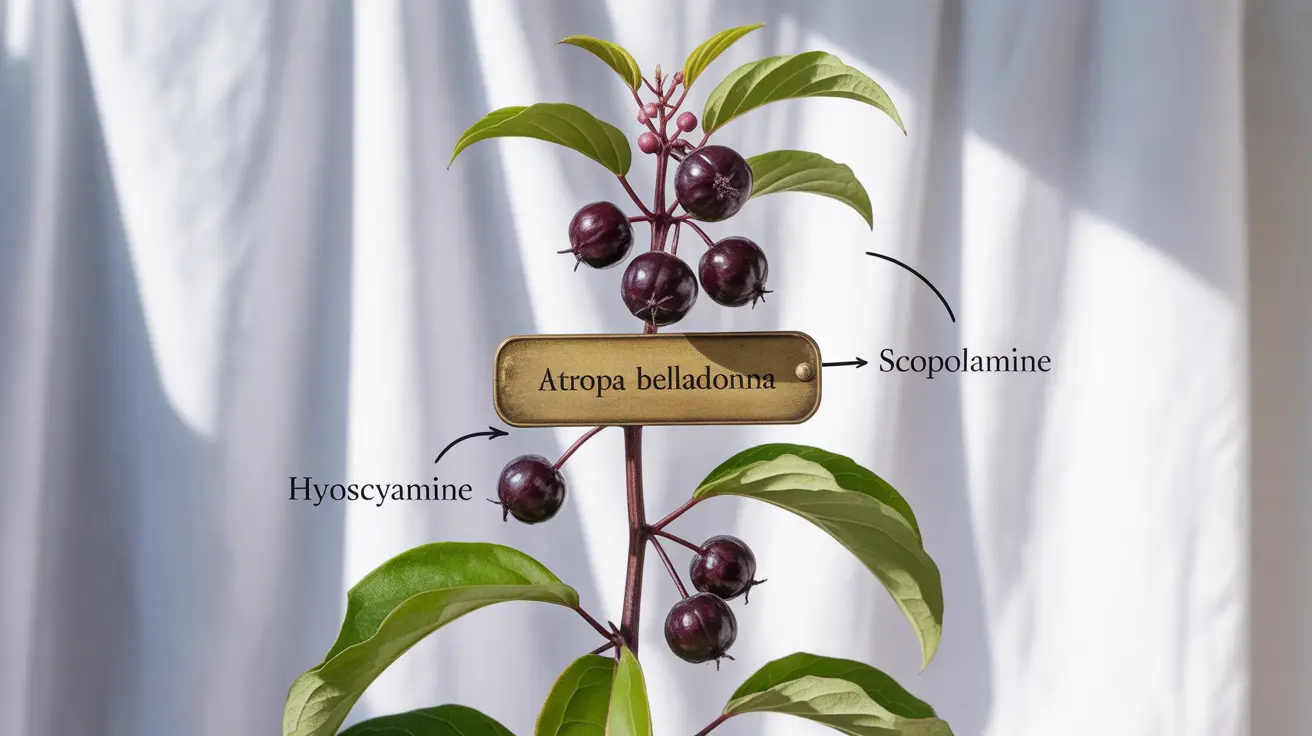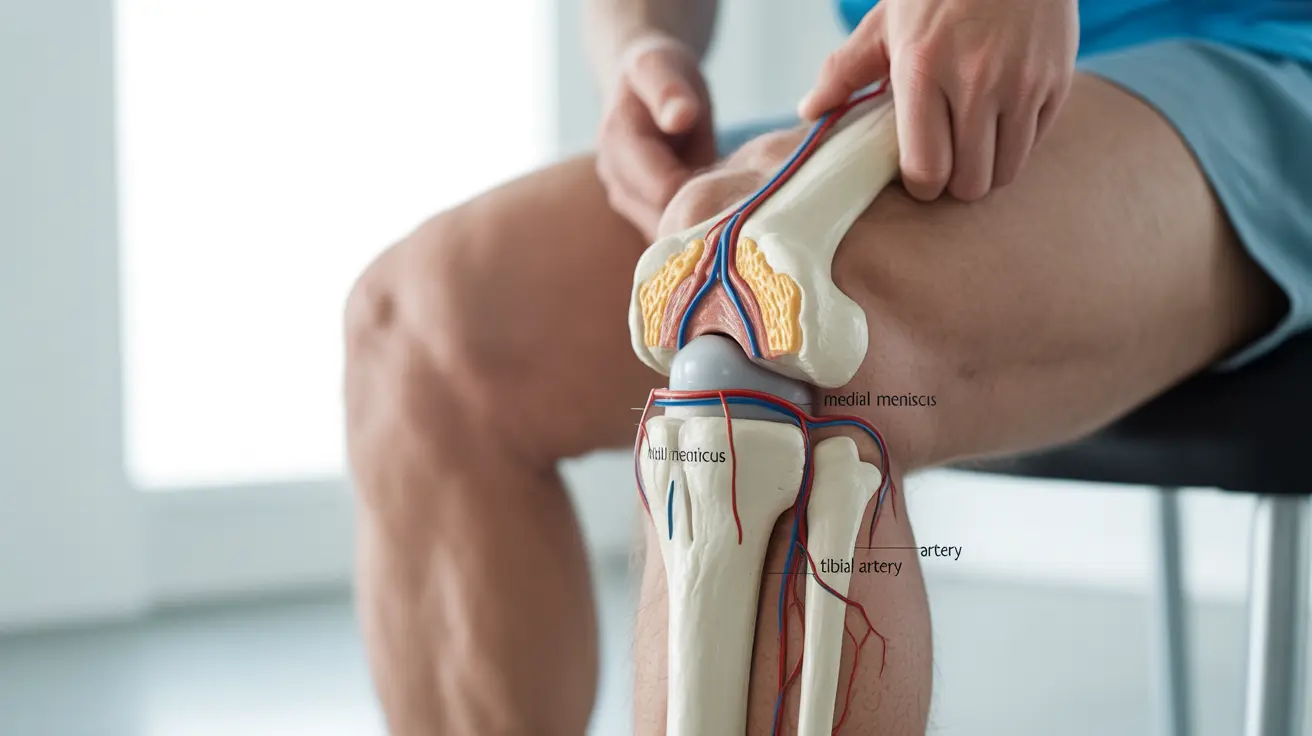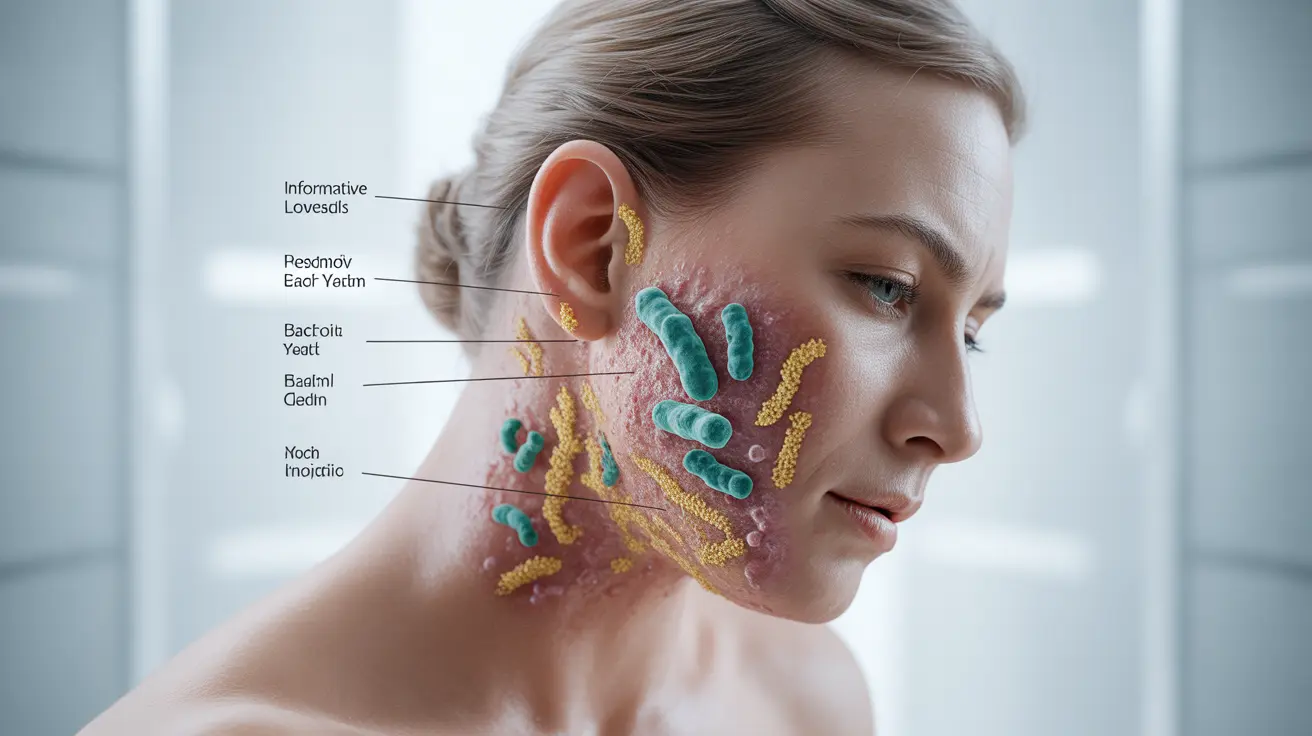Belladonna, commonly known as deadly nightshade, is one of nature's most notorious plants, earning its fearsome reputation through centuries of both medicinal use and accidental poisonings. This dark purple berry-bearing plant contains powerful alkaloids that have captivated physicians, herbalists, and toxicologists for generations, creating a complex legacy that spans from ancient remedies to modern pharmaceutical applications.
Despite its dangerous reputation, belladonna continues to play a significant role in contemporary medicine, with its derivatives being carefully utilized in controlled medical settings. Understanding both the risks and benefits of this remarkable plant is crucial for anyone considering its use or encountering it in various forms.
The Toxic Nature of Belladonna
Belladonna contains three primary alkaloids—atropine, scopolamine, and hyoscyamine—that make it extremely dangerous when consumed inappropriately. These compounds affect the nervous system by blocking acetylcholine receptors, leading to a cascade of potentially life-threatening effects throughout the body.
The plant's toxicity is so potent that consuming just a few berries can prove fatal, particularly for children. Every part of the plant contains these dangerous alkaloids, with concentrations varying depending on the season, growing conditions, and specific plant part consumed.
Signs of Belladonna Toxicity
Recognition of belladonna poisoning symptoms is critical for prompt medical intervention. The effects typically begin within 30 minutes to several hours after ingestion, progressively worsening without proper treatment.
Physical symptoms include severely dilated pupils that remain unresponsive to light, extremely dry mouth and throat, difficulty swallowing, rapid heartbeat, and elevated body temperature. Victims often experience flushed, hot skin that appears completely dry due to the suppression of sweating mechanisms.
Neurological manifestations are equally concerning, featuring confusion, disorientation, hallucinations, and aggressive or erratic behavior. As poisoning progresses, individuals may experience seizures, respiratory depression, and eventually coma if medical treatment is not promptly administered.
Modern Medical Applications of Belladonna
Despite its toxicity, belladonna derivatives have found legitimate places in modern medical practice when used under strict professional supervision. Pharmaceutical companies have isolated and purified specific alkaloids from the plant to create medications with precise dosing and controlled effects.
Ophthalmologists commonly use atropine, a belladonna derivative, to dilate pupils during eye examinations and certain surgical procedures. This application takes advantage of the alkaloid's ability to temporarily paralyze the muscles controlling pupil size, allowing for comprehensive examination of internal eye structures.
Gastrointestinal and Respiratory Treatments
Belladonna alkaloids have proven valuable in treating specific gastrointestinal conditions characterized by excessive muscle spasms. Scopolamine, another belladonna derivative, is frequently prescribed for motion sickness prevention and post-operative nausea control, particularly following surgical procedures.
In respiratory medicine, these compounds help reduce excessive secretions and bronchial spasms in certain conditions. However, such applications require careful monitoring due to the narrow therapeutic window between effective and toxic doses.
Safety Concerns with Commercial Products
The availability of belladonna in over-the-counter supplements and homeopathic preparations raises significant safety concerns among medical professionals. Unlike prescription medications containing belladonna derivatives, these products often lack standardization and quality control measures necessary to ensure consistent, safe dosing.
Homeopathic belladonna preparations theoretically contain extremely diluted amounts of the active compounds, potentially reducing toxicity risks. However, manufacturing inconsistencies and varying regulation standards can lead to products containing higher-than-expected concentrations of active alkaloids.
Consumer supplements containing belladonna extracts pose particular risks, as the concentration of toxic alkaloids can vary dramatically between products and even between batches from the same manufacturer. Without proper medical supervision, users cannot accurately assess their risk of toxicity.
Special Risks for Pediatric Populations
Children face exceptionally high risks from belladonna exposure due to their smaller body size, developing nervous systems, and increased sensitivity to the plant's alkaloids. Even minimal exposure can result in severe poisoning requiring immediate emergency medical intervention.
The attractive appearance of belladonna berries poses a particular danger, as children may mistake them for edible fruits. Parents and caregivers must be aware that just two to five berries can prove fatal for a small child, making prevention through education and plant removal absolutely critical.
Some traditional remedies and folk medicines may contain belladonna preparations marketed for childhood ailments, but medical experts strongly advise against such use due to the unpredictable and potentially catastrophic consequences.
Clinical Applications of Belladonna Derivatives
Modern pharmaceutical science has successfully harnessed belladonna's therapeutic potential through careful isolation and purification of its active compounds. Atropine serves as a crucial antidote for certain types of poisoning, particularly those involving organophosphate pesticides or nerve agents.
Emergency medicine utilizes atropine to counteract dangerously slow heart rates and to dry excessive respiratory secretions during critical care situations. The compound's ability to block specific nerve signals makes it invaluable in managing certain types of cardiac emergencies.
Scopolamine finds applications in managing severe motion sickness, particularly for individuals who must travel despite high susceptibility to nausea and vomiting. Transdermal patches deliver controlled doses over extended periods, minimizing the risk of overdose while maintaining therapeutic effectiveness.
Frequently Asked Questions
What are the symptoms of belladonna poisoning and how dangerous is it?
Belladonna poisoning symptoms include severely dilated pupils, extremely dry mouth and skin, rapid heartbeat, high fever, confusion, hallucinations, and aggressive behavior. The condition is extremely dangerous and can progress to seizures, respiratory failure, coma, and death within hours without immediate medical treatment. Even small amounts can be fatal, particularly for children.
What medical conditions is belladonna used to treat today?
Modern medicine uses purified belladonna derivatives like atropine and scopolamine to treat specific conditions including eye examinations requiring pupil dilation, certain heart rhythm disorders, organophosphate poisoning, motion sickness, post-operative nausea, and gastrointestinal spasms. These applications occur only under strict medical supervision with precisely controlled dosing.
Is belladonna safe to use in over-the-counter supplements or homeopathic remedies?
Belladonna in over-the-counter products poses significant safety risks due to inconsistent quality control, variable alkaloid concentrations, and lack of medical supervision. While homeopathic preparations may contain highly diluted amounts, manufacturing variations can result in dangerous concentrations. Medical experts generally advise against using such products without professional guidance.
What are the risks of using belladonna for children or infants?
Children face extremely high risks from belladonna exposure due to their smaller body size and increased sensitivity to the plant's toxic alkaloids. Just two to five berries can be fatal for a small child. Any belladonna-containing product should be kept away from children, and parents should never use folk remedies or supplements containing belladonna for pediatric conditions.
How do doctors use belladonna derivatives like atropine and scopolamine in modern medicine?
Doctors use atropine for pupil dilation during eye exams, treating dangerously slow heart rates, and as an antidote for certain poisonings. Scopolamine is prescribed for motion sickness and post-operative nausea, often delivered through controlled-release patches. Both medications require precise dosing, careful monitoring, and administration only by qualified healthcare professionals due to their narrow safety margins.




